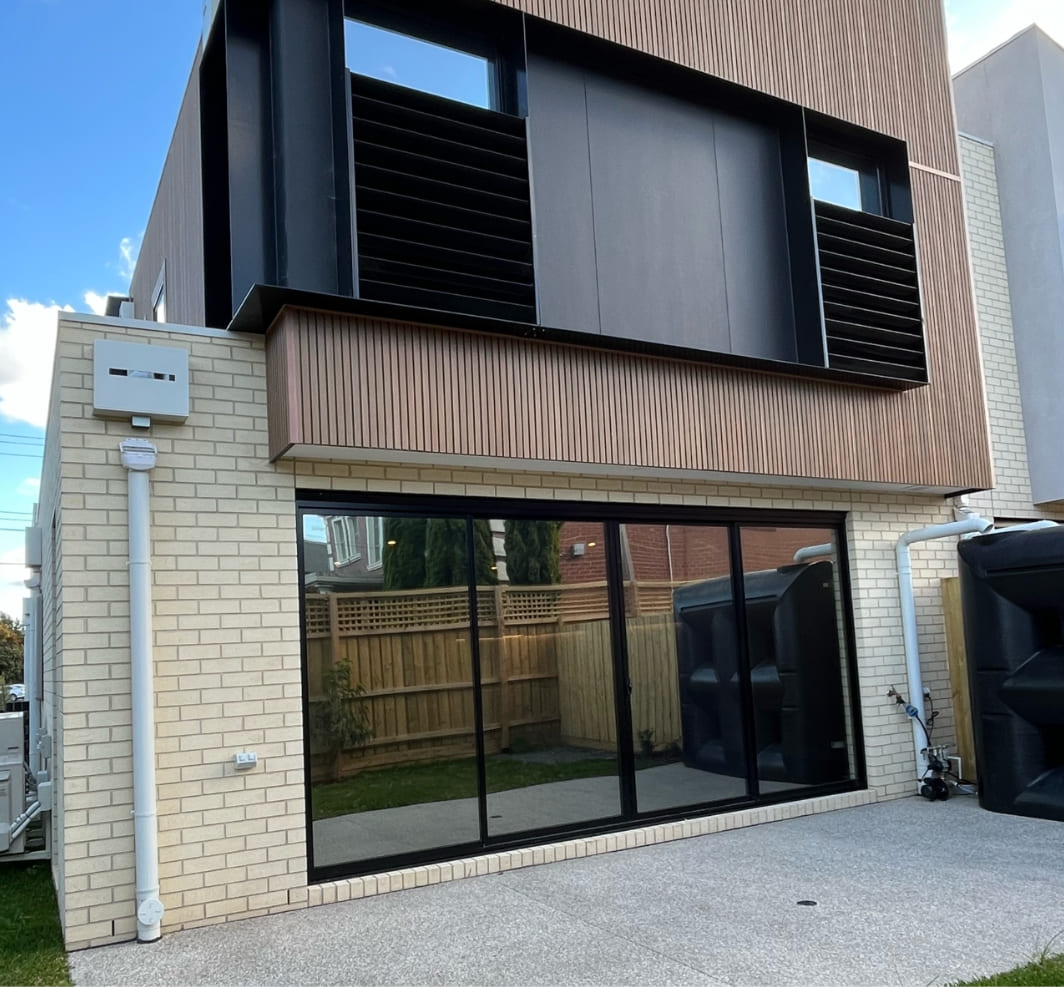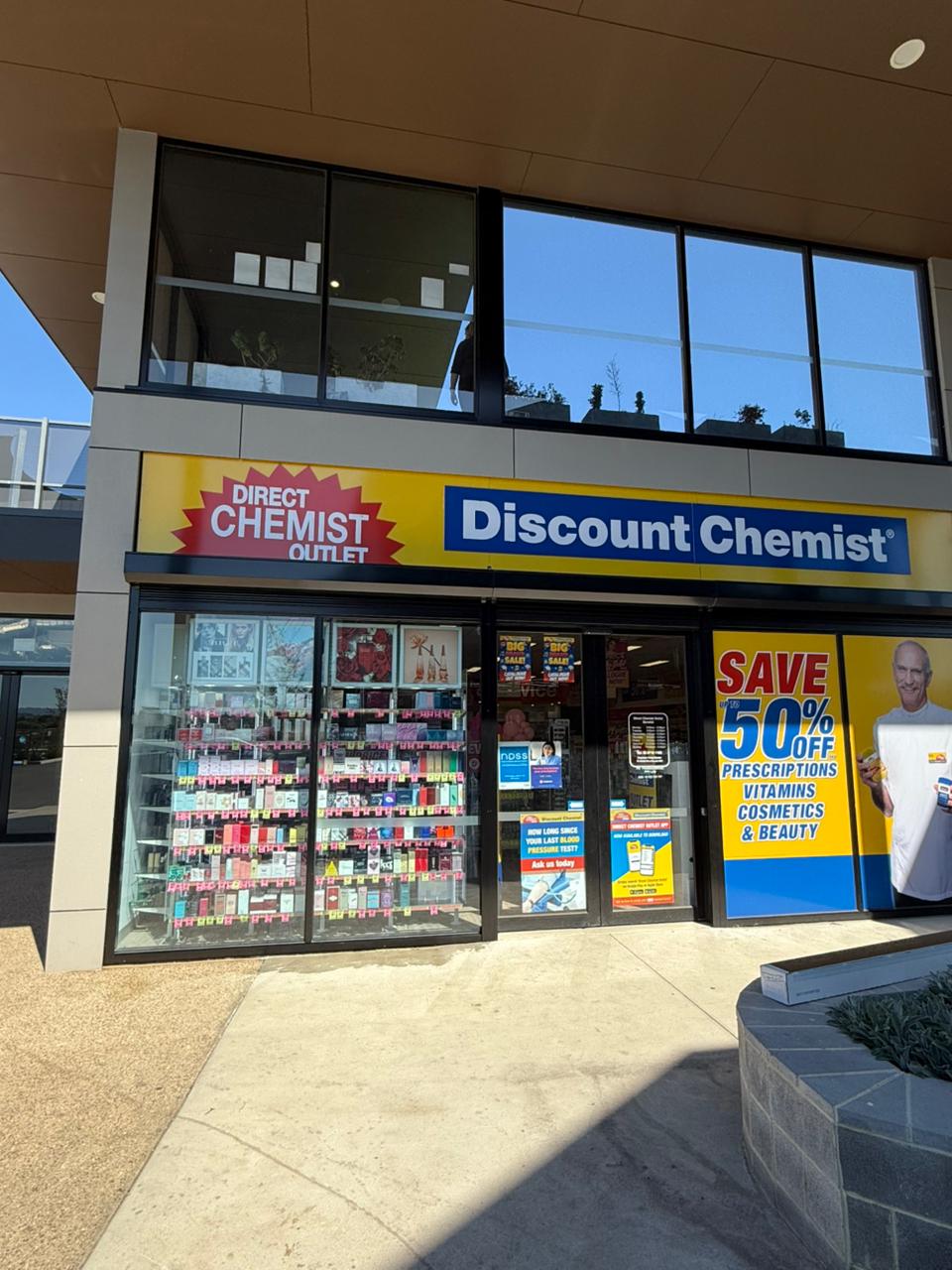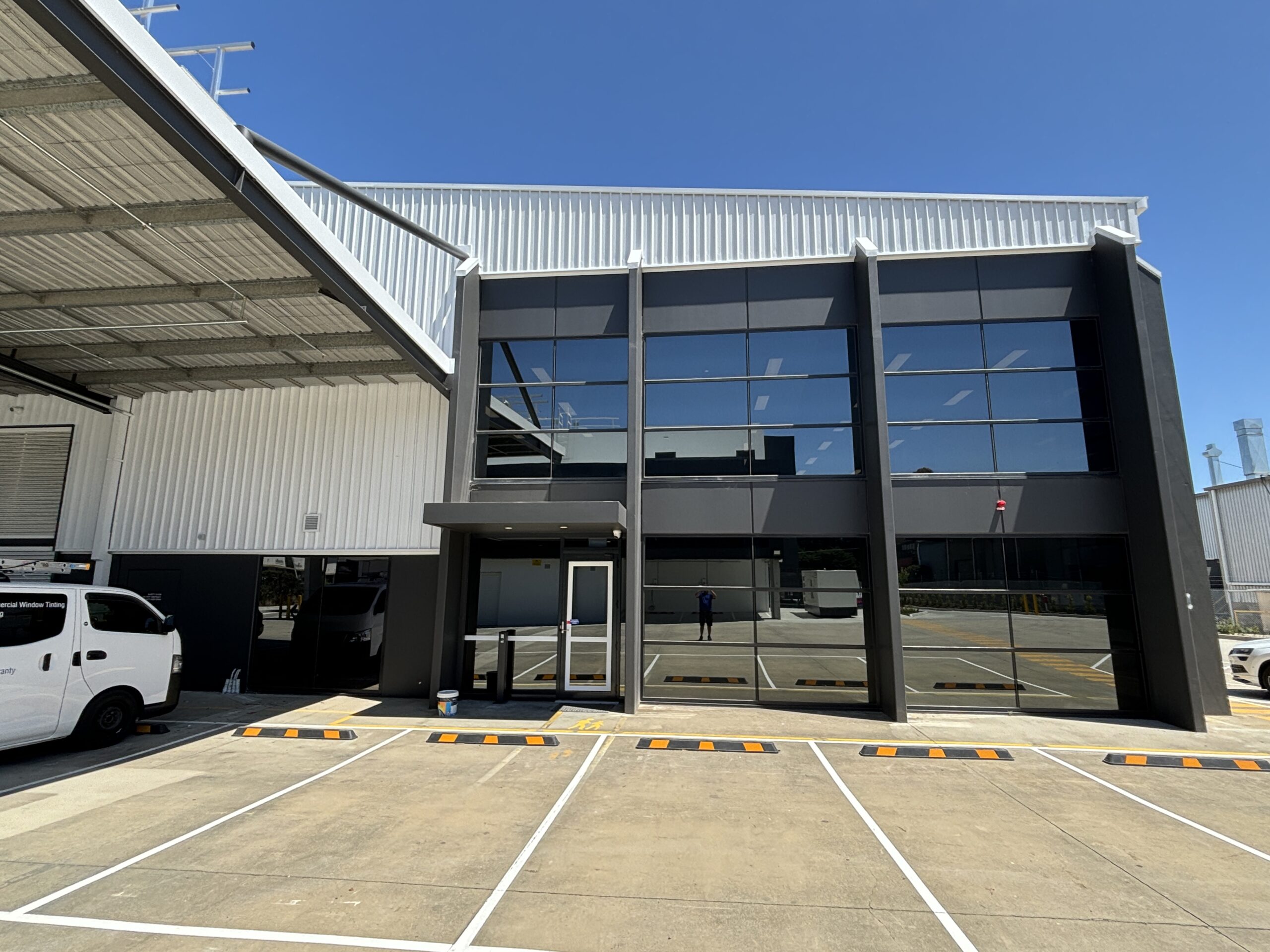What to Expect: Understanding Your New Window Film’s “Dry-Out” Period

Just had new window film installed? That’s exciting! As your film settles in, you might notice some temporary visual changes. Don’t worry – this is entirely normal and part of the essential “dry-out” process. Understanding what’s happening will help you know exactly what to expect and ensure your film looks fantastic for years to come.
The Dry-Out Process Explained
When we install window film, we use a special water-based solution. While our expert installers squeegee out most of this water, a small amount always remains trapped between the film and the glass.
The “dry-out” process is simply this trapped water evaporating over time. As the moisture leaves, the film’s high-performance adhesive fully bonds and cures to your window.
What You Might See (and What’s Perfectly Normal!):
While your windows might look crystal clear right after installation, it’s common for visual changes to appear in the days and weeks that follow:
- Hazy or Cloudy Areas: This is the most common sign that the film is drying.
- Small Water Bubbles (“Fish Eyes”): These tiny pockets of water may appear as moisture begins to evaporate and coalesce. Their size and quantity can vary.
The good news? All trapped water will eventually disappear on its own!
How Long Will It Take to Dry?
The drying time for your window film can vary significantly, from just a few days to several weeks, or even a few months in certain conditions. Several factors influence this timeframe:
- Sunlight & Temperature: Direct sunlight and warmer temperatures (both inside and out) are your film’s best friends for a speedy dry! Cooler, non-sunny, or humid conditions will naturally extend the drying period.
- Humidity: Lower humidity in the air allows the water to evaporate more quickly.
- Airflow: Good ventilation around your windows can help accelerate the process.
- Film Type: Thicker films or those with specific metallic/special coatings may take slightly longer to fully cure.
The Stages of Drying:
The dry-out process typically unfolds in these predictable stages:
- Initial Bubbles: You might first notice small water blisters, sometimes called “fish eyes.” These are the initial signs of water reacting to warmth and forming tiny pockets.
- Clouding or Fogging: As water begins to leave, areas of the film (often starting at the edges) may appear cloudy or foggy. This indicates the adhesive is activating and bonding.
- Complete Clearing: In the final stage, all the remaining water leaves, and the adhesive fully cures. The bubbles and cloudiness will completely disappear, leaving your film perfectly clear.
Want to Speed Things Up? (Optional Tips)
If you’re eager for your film to fully cure and the conditions aren’t ideal, you can help by:
- Increasing Room Temperature: Gently warm the room with a heater.
- Boosting Airflow: Place a fan on a low setting near the windows to circulate air over the film.
- Reducing Humidity:
- Use exhaust fans in bathrooms and kitchens during and after activities like showering or cooking.
- Consider using an electric dehumidifier in the area.
The Golden Rule: Patience is Power!
Crucially, please NEVER try to pop or drain water bubbles by pricking them with a pin. Doing so will permanently damage your film and immediately void your warranty.
Rest assured, your window film will ALWAYS dry out completely. Whether it takes a few days, weeks, or a couple of months (especially in less sunny climates like ours in Victoria), the results will be worth the wait – a beautifully clear, high-performing window film.



